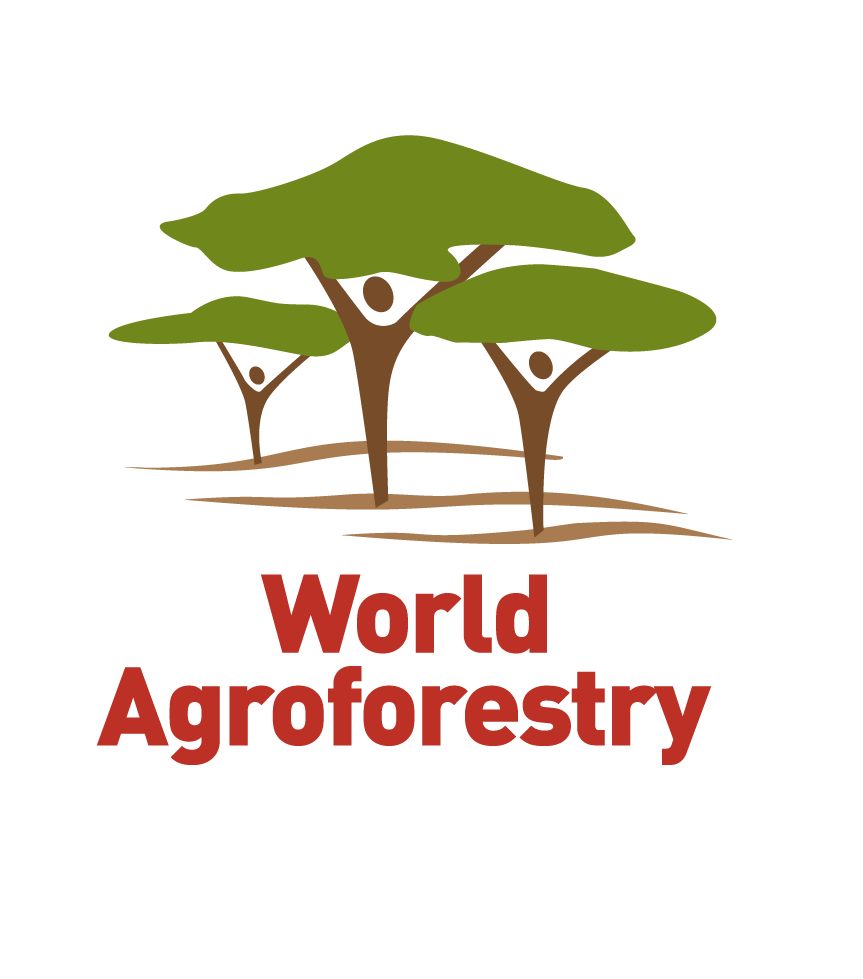Local names:
English (west African albizia,rough-bark flat crown,flat crown), Swahili (mchani-mbawe,mchani-mabo), Xhosa (umHlandlothi,platkroon), Zulu (uSolo,umNebelele,umNalahanga,umHlandlothi,iGowane)
Albizia adianthifolia grows from 6-15 m high. Crown flat, wide-spreading. The trunk is tall and straight, the bark grey and fairly smooth or sometimes roughish, crocodile flaking. Pinnae 5-8 pairs 9 (rarely only 3 on occasional reduced leaves), each pinna about narrowing upwards; leaflets of 2 distal pairs of pinnae (8) 9-17 pairs mostly c. 7-17 (24) x 4-9(15) mm, obliquely rhombic-quadrate or oblong; proximate margin at base usually obtuse and mucronate, sometimes subacate, surface of leaflet thinly pubescent above, rather plentifully pubescent all over beneath, raised venation beneath closed. Stipules and bracts at base of peduncles c. 5-12 x 3-6(8) mm, ovate. Peduncles clothed as the young brachlets; bracteoles variably persistent, 5-8 mm long, exceeding the flower buds, linear-spathulate to oblanceolate. Flowers sub-sessile; pedicel pubescent, 0.5-1(2) mm long; calyx 2.5-5 (rarely only 2) mm. long, pubescent outside. Corolla 6-11 mm long, white or greenish-white, pubsecent, outside. The staminal tube exserted c. 1.3-2.5 cm beyond the corolla, red to wholly greenish or pink. Pods dehiscent 9-19 x 1.9-3.4(4.3) cm, usually pale brown, oblong, flat or slightly transversely plicate, densely and persistently pubescent, not glossy, prominently venose. Seeds 7-9.5 x 6.5-8.5 mm, flattened. The genus was named after Filippo del Albizzi, a Florentine nobleman who in 1749 introduced A. julibrissin into cultivation.
Ecology
A. adianthifolia has a wide range of habitat, and ecotypes may be recognizable. It is not however, a particularly variable plant. The tree is conspicuous and common on forest margins or in open forests from South Africa through tropical Africa to Ethiopia in the north. Wherever it grows its flat wide-spreading crown and horizontally growing leaves distinguish it from the surrounding trees.
Native range
Angola, Botswana, Ethiopia, Gambia, Kenya, Lesotho, Mozambique, Rwanda, South Africa, Swaziland, Tanzania, Uganda, Zambia, Zimbabwe
A. adianthifolia has a wide range of habitat, and ecotypes may be recognizable. It is not however, a particularly variable plant. The tree is conspicuous and common on forest margins or in open forests from South Africa through tropical Africa to Ethiopia in the north. Wherever it grows its flat wide-spreading crown and horizontally growing leaves distinguish it from the surrounding trees.
Erosion control: In the highland of west Cameroon, farmers plant contour bunds with perennial legumes such as A. adianthifolia for soil conservation purposes. The erection of these bunds lead to gradual terracing on the slopes (“inducted terracing”).
The local people in southern Africa make a sauce from the seeds.
Timber: The wood is clean, light, soft, straight-grained, used largely for naves in South Africa and suitable for many other general purposes. The wood works well with a good finish. The colour is golden yellow, sometimes with greenish tinge, making attractive-coloured parquet floors.
Shade or shelter: The tree is valued for the shade it provides to tea and cacao plantations.
Medicine: The bark is poisonous but is used medicinally by the Zulu of South Africa who make a love charm emetic from it. They also prepare an infusion (hot or cold) from the bark and roots to treat skin diseases like scabies. A cold extract from the roots alone is applied to the inflamed eye. In Mozambique, the bark is a remedy for bronchitis.
Gum or resin: A. adianthifolia produces a sweet smelling gum of somehow inferior quality.
Ornamental: This is a beautifully shaped tree and could be used with advantage in gardens and streets.
Intercropping: Many farmers plant this tree on hilly ground for soil conservation purposes, often inter-cropped with food crops.
Other services: At least two handsome butterflies with blue markings, the blue spotted charaxes (Charaxes cithaeron) and the satyx charaxes (Charaxes ethalion) breed on this species in the Natal province of South Africa.
